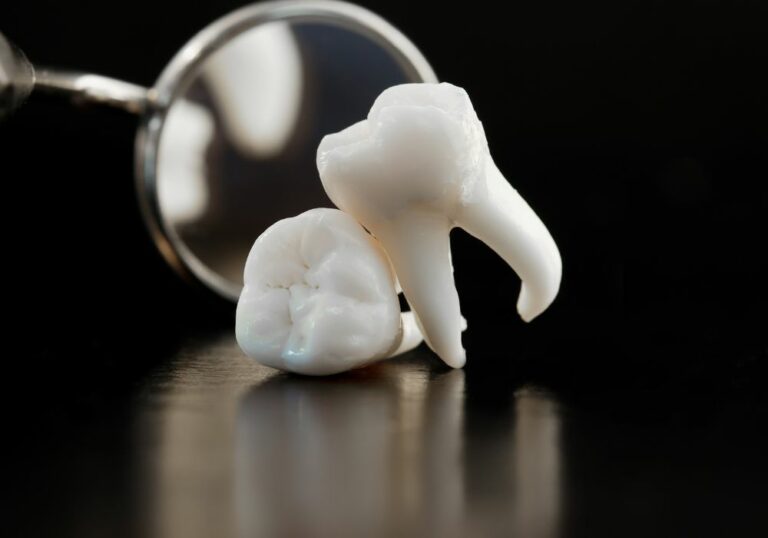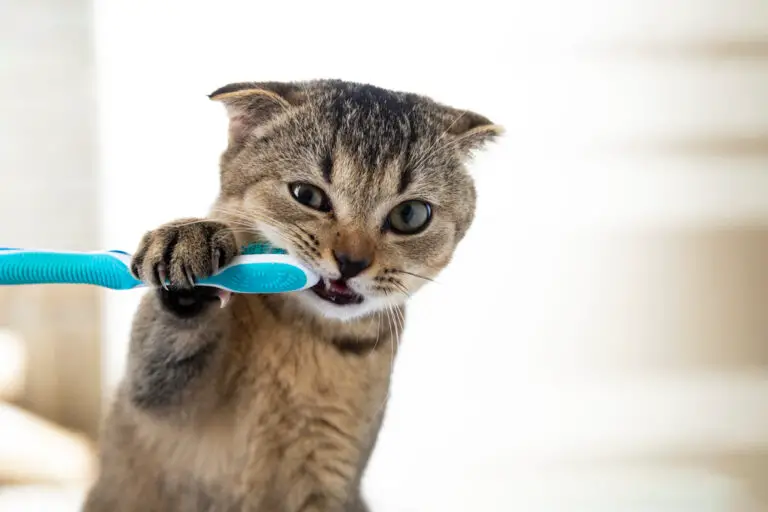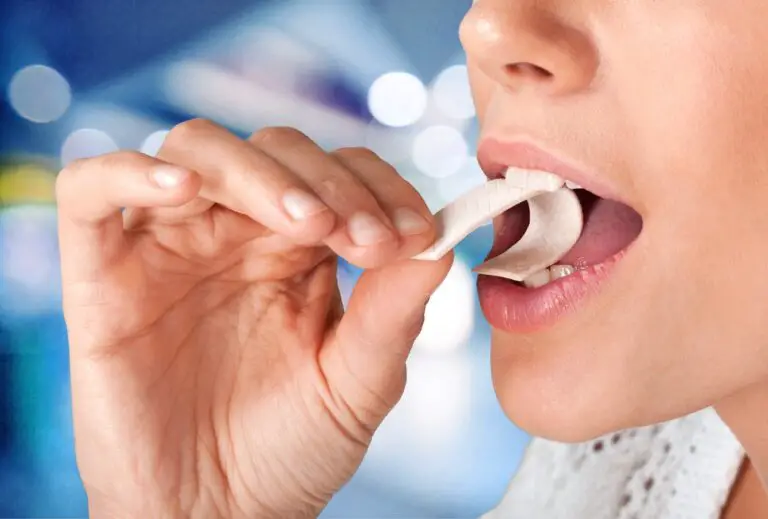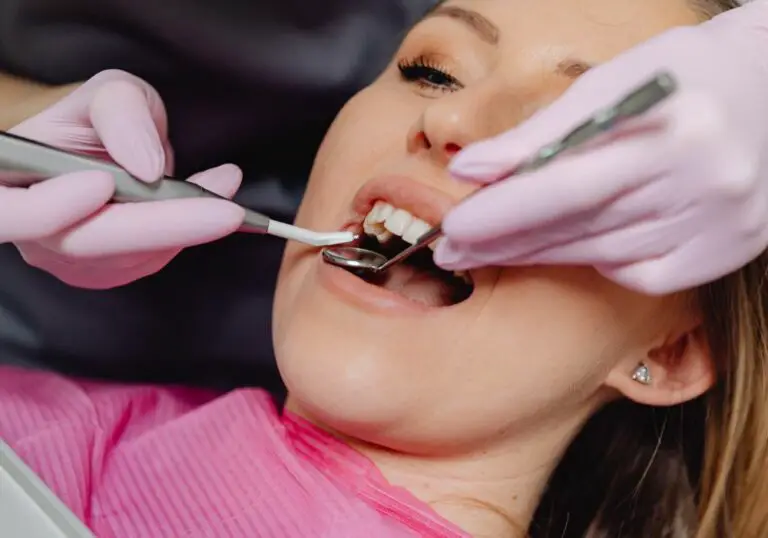If you have recently had a tooth extraction with stitches, you may be wondering what foods you can eat during the healing process. One common question is whether you can eat rice after a tooth extraction with stitches. The good news is that, in most cases, you can eat rice after a tooth extraction with stitches as long as it is fully cooked and not too hot.
It is important to keep in mind that after a tooth extraction with stitches, you should stick to soft, bland foods for the first few days to avoid irritating the site. Rice can be a good option as it is easy to chew and swallow and does not require much effort. However, you should avoid rice that is too hot or spicy, as this can cause discomfort and irritation to the extraction site. Additionally, you should be mindful of any rice that may get stuck in the stitches, as this can cause complications and delay the healing process.
Understanding Tooth Extraction with Stitches
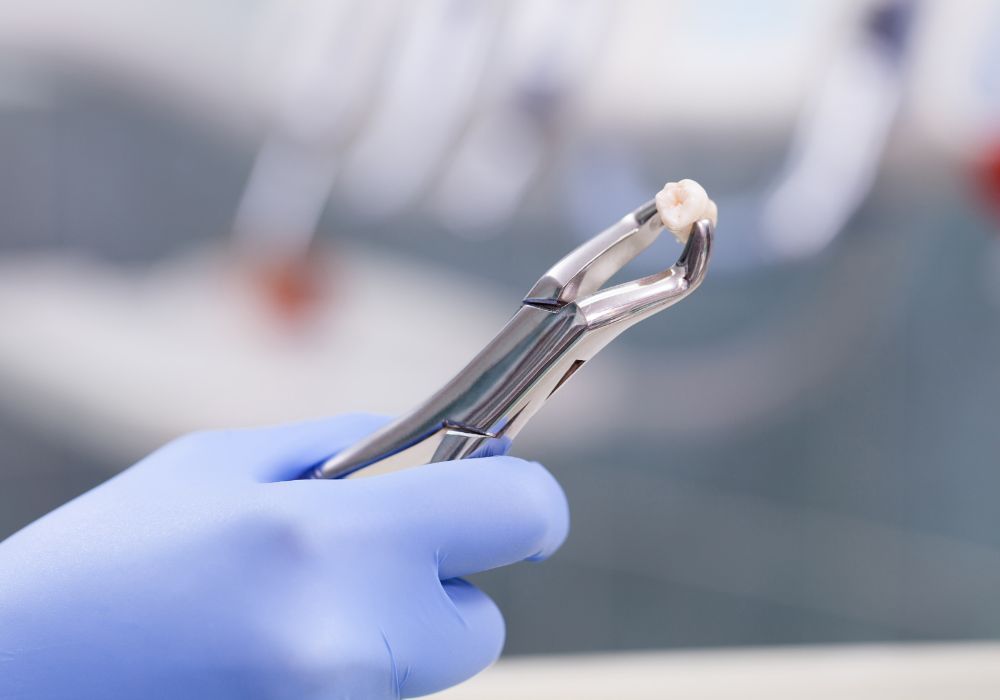
If you have recently undergone a tooth extraction with stitches, you may be wondering what to eat and how to take care of your mouth during the healing process. Tooth extraction is a common dental procedure that involves removing a tooth from its socket in the jawbone. Stitches are used to close the wound and promote healing.
During the first few days after the procedure, it is important to take special care of your mouth to avoid complications such as infection and bleeding. You should also be mindful of what you eat and drink to avoid irritating the extraction site.
Here are some tips to help you understand tooth extraction with stitches:
- After the procedure, your dentist will provide you with detailed instructions on how to care for your mouth. It is important to follow these instructions carefully to ensure proper healing and avoid complications.
- You may experience some pain and discomfort after the procedure. Your dentist may recommend over-the-counter pain relievers or prescribe medication to help manage the pain.
- You should avoid eating hard, crunchy, or sticky foods that can irritate the extraction site or get stuck in the stitches. Instead, focus on soft, easy-to-chew foods that are gentle on your mouth.
- It is important to drink plenty of fluids to stay hydrated, but avoid drinking through a straw as the suction can dislodge the blood clot and delay healing.
- You should also avoid smoking or using tobacco products, as they can slow down the healing process and increase the risk of complications.
- If you experience any unusual symptoms such as excessive bleeding, swelling, or fever, contact your dentist immediately.
By following these tips and taking proper care of your mouth, you can promote healing and ensure a smooth recovery after tooth extraction with stitches.
What is a Soft Food Diet?
After a tooth extraction, it is essential to maintain a soft food diet to ensure that the healing process goes smoothly. A soft food diet consists of foods that are easy to chew, swallow, and digest. Soft foods are also gentle on the mouth and do not cause any irritation or discomfort to the extraction site.
Some of the foods that are typically included in a soft food diet include:
- Soups and broths: These are a great source of nutrients and are easy to consume. Make sure that they are not too hot, as this can cause discomfort.
- Mashed potatoes: These are a great source of carbohydrates and are easy to digest.
- Scrambled eggs: These are high in protein and are easy to chew and swallow.
- Yogurt: This is a great source of probiotics and is easy to consume.
- Smoothies: These are a great way to get essential vitamins and minerals. Make sure that they are not too cold, as this can cause discomfort.
It is important to avoid foods that are hard, crunchy, or acidic, as these can cause irritation and discomfort to the extraction site. Some of the foods to avoid include:
- Nuts and seeds: These are hard and can get stuck in the extraction site.
- Chips and crackers: These are crunchy and can cause irritation to the extraction site.
- Citrus fruits and juices: These are acidic and can cause discomfort to the extraction site.
- Carbonated drinks: These can cause discomfort and can also dislodge the blood clot that forms over the extraction site.
By following a soft food diet, you can ensure that the healing process goes smoothly and that you are back to your normal routine as soon as possible.
Role of Rice in a Soft Food Diet
If you have recently had a tooth extraction with stitches, you are probably wondering about the foods you can eat. Rice is a popular food item that many people ask about. In this section, we will discuss the role of rice in a soft food diet.
Nutritional Value of Rice
Rice is a staple food in many cultures and provides a good source of carbohydrates, vitamins, and minerals. It is low in fat and cholesterol, making it a healthy addition to your diet. Brown rice is a better option than white rice as it contains more fiber, vitamins, and minerals. However, if you have just had a tooth extraction, it is recommended that you stick to white rice as it is easier to digest.
Ease of Chewing and Swallowing
Rice is a soft food that is easy to chew and swallow, making it a great option for those who have just had a tooth extraction with stitches. You can cook rice until it is soft and mushy, or add broth to make it more liquidy. You can also mix it with other soft foods like mashed potatoes or scrambled eggs to create a more nutritious meal.
When eating rice after a tooth extraction, it is important to take small bites and chew slowly to avoid any discomfort or pain. Avoid adding any spices or sauces that may irritate the extraction site. It is also important to rinse your mouth with salt water after eating to keep the area clean and prevent infection.
In conclusion, rice is a great option for those who have just had a tooth extraction with stitches. It provides nutritional value, is easy to chew and swallow, and can be mixed with other soft foods to create a more nutritious meal. Remember to take small bites, chew slowly, and rinse your mouth with salt water after eating to ensure a smooth and speedy recovery.
Possible Risks of Eating Rice After Extraction
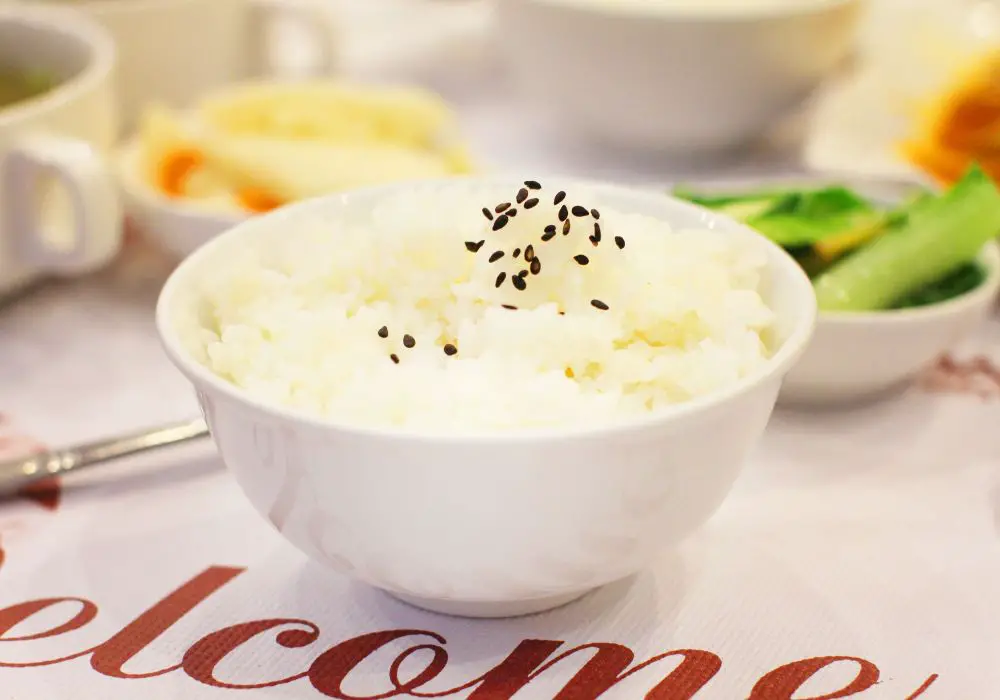
While rice is generally considered a safe food to eat after tooth extraction, there are a few possible risks to keep in mind. Here are some things to consider:
Risk of Irritation
If the rice is too hot or not fully cooked, it can irritate the extraction site and slow down the healing process. It’s important to make sure the rice is fully cooked and cooled to a safe temperature before eating.
Risk of Infection
If you don’t keep the extraction site clean, there is a risk of infection. Rice can get stuck in the extraction site and make it difficult to clean properly. Be sure to rinse your mouth gently with salt water after eating to help keep the area clean.
Risk of Dislodging the Blood Clot
After tooth extraction, a blood clot forms in the socket to help with healing. If the blood clot is dislodged, it can cause a painful condition called dry socket. Eating rice that is too sticky or chewy can dislodge the blood clot. Stick to softer, easier to chew foods like well-cooked rice.
Risk of Choking
If you have stitches in your mouth after tooth extraction, it’s important to be careful when eating to avoid dislodging them. Rice can be a choking hazard if you don’t chew it properly. Take small bites and chew thoroughly to reduce the risk of choking.
Overall, eating rice after tooth extraction with stitches can be safe as long as you take the necessary precautions and listen to your body. If you experience any pain or discomfort while eating, stop immediately and contact your dentist.
How to Safely Consume Rice After Extraction
If you have recently had a tooth extraction with stitches, you may be wondering if you can eat rice. The good news is that you can eat rice after a tooth extraction, but there are some precautions you should take to ensure a safe and comfortable recovery.
Rice Preparation Tips
When it comes to preparing rice after a tooth extraction, there are a few things to keep in mind. First, make sure the rice is well-cooked and soft. Overcooked rice is easier to chew and digest, which can help prevent any irritation or discomfort in the extraction site.
Second, avoid adding any hard or crunchy ingredients to your rice, such as nuts or seeds. Stick to soft and easy-to-chew ingredients, such as cooked vegetables or shredded chicken.
Lastly, try to avoid using any spicy seasonings or sauces that could irritate the extraction site. Stick to mild flavors and seasonings, such as salt and pepper.
Eating Techniques
When it comes to eating rice after a tooth extraction, there are a few techniques you can use to make the process easier and more comfortable.
First, take small bites and chew slowly and carefully. This will help prevent any irritation or discomfort in the extraction site.
Second, try to chew on the opposite side of your mouth from the extraction site. This will help prevent any pressure or irritation in the area.
Lastly, rinse your mouth with salt water after eating to help clean the extraction site and promote healing.
By following these tips and techniques, you can safely enjoy rice after a tooth extraction with stitches. Remember to take it slow and listen to your body, and always consult with your dentist if you have any concerns or questions about your recovery.
Alternatives to Rice in a Soft Food Diet
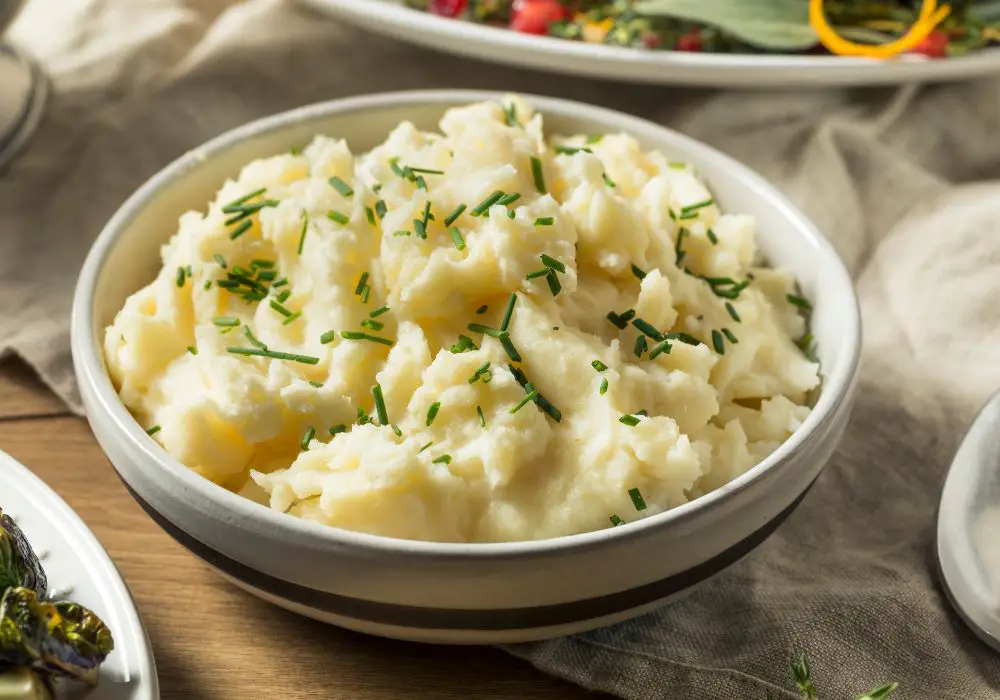
If you are recovering from tooth extraction with stitches, you may be wondering what soft foods you can eat besides rice. Fortunately, there are many options available that are both nutritious and easy to eat. Here are some alternatives to rice that you can include in your soft food diet:
Mashed Potatoes
Mashed potatoes are a classic comfort food that can be easily mashed to a smooth consistency. They are also a good source of carbohydrates, vitamins, and minerals. You can add butter, milk, or sour cream to enhance the flavor and texture.
Scrambled Eggs
Scrambled eggs are a great source of protein and can be easily modified to your liking. You can add cheese, vegetables, or herbs to make them more flavorful. Just make sure to cook them thoroughly to avoid any risk of infection.
Smoothies
Smoothies are a great way to get a variety of nutrients in one meal. You can blend together fruits, vegetables, yogurt, and milk to create a delicious and nutritious drink. Just make sure to avoid using straws as they can dislodge the blood clot and delay the healing process.
Pureed Soups
Pureed soups are a good option if you are looking for something warm and comforting. You can make them with a variety of vegetables and proteins, such as carrots, squash, chicken, or fish. Just make sure to strain the soup to remove any chunks that may be difficult to swallow.
Cottage Cheese
Cottage cheese is a good source of protein and calcium. It can be easily mashed or blended to a smooth consistency. You can add fruits or honey to make it more flavorful.
Applesauce
Applesauce is a good source of fiber and vitamin C. It can be easily swallowed without chewing. Just make sure to choose unsweetened applesauce to avoid any added sugars.
In conclusion, there are many alternatives to rice that you can include in your soft food diet after tooth extraction with stitches. Just make sure to choose foods that are easy to swallow, nutritious, and free from any hard or crunchy bits that may irritate the extraction site.
Frequently Asked Questions
When can I start eating rice after tooth extraction with stitches?
It is recommended that you wait at least 24-48 hours after your tooth extraction before eating any solid foods, including rice. After this initial period, you can slowly introduce soft foods back into your diet, including rice. However, it is important to chew on the opposite side of your mouth to avoid disrupting the stitches.
What are some soft foods I can eat after tooth extraction with stitches?
Some soft foods that are safe to eat after tooth extraction with stitches include applesauce, yogurt, mashed potatoes, scrambled eggs, and smoothies. It is important to avoid foods that are sticky, crunchy, or require a lot of chewing.
Can I eat chicken after tooth extraction with stitches?
While chicken is a good source of protein, it is important to avoid any solid foods for the first 24-48 hours after tooth extraction. After this initial period, you can slowly introduce soft foods back into your diet, including chicken that is cooked until it is very tender and easy to chew.
How long should I wait to eat solid foods after tooth extraction with stitches?
It is recommended that you wait at least 24-48 hours after your tooth extraction before eating any solid foods. After this initial period, you can slowly introduce soft foods back into your diet, but it is important to avoid any hard, crunchy, or sticky foods until your mouth has fully healed.
How do I properly clean my mouth after tooth extraction with stitches?
It is important to keep your mouth clean after tooth extraction with stitches to prevent infection and promote healing. You can gently rinse your mouth with warm salt water (1/2 teaspoon of salt in 8 ounces of water) several times a day, starting the day after your extraction. You should also avoid brushing or flossing near the extraction site for the first 24 hours.
What should I avoid eating after tooth extraction with stitches?
It is important to avoid any hard, crunchy, or sticky foods that could dislodge the blood clot or irritate the extraction site. This includes foods such as popcorn, nuts, chips, and candy. You should also avoid smoking and drinking through a straw, as these actions can also disrupt the healing process.

